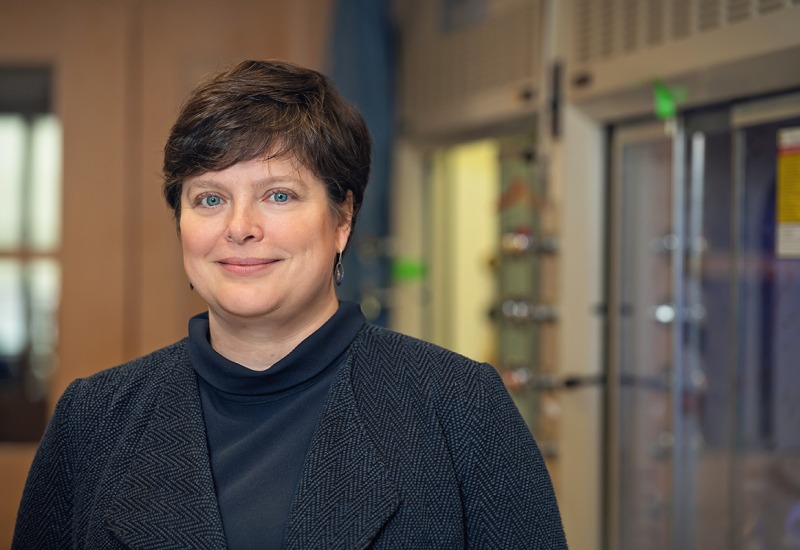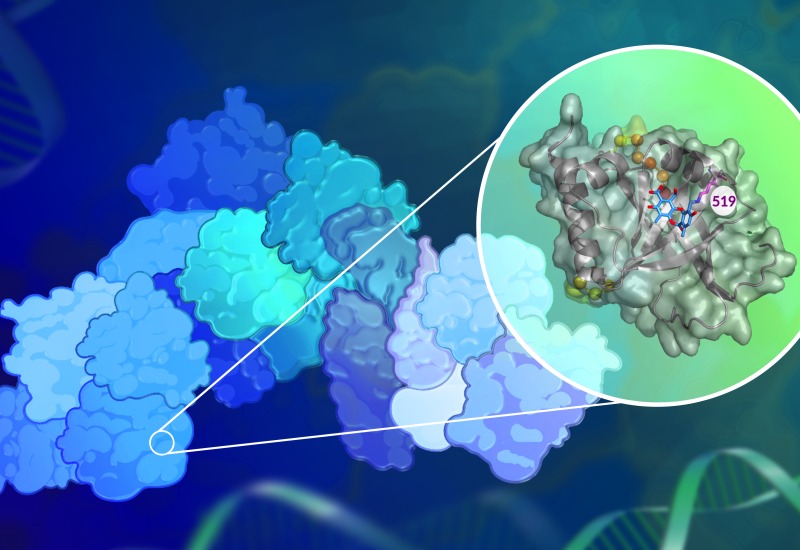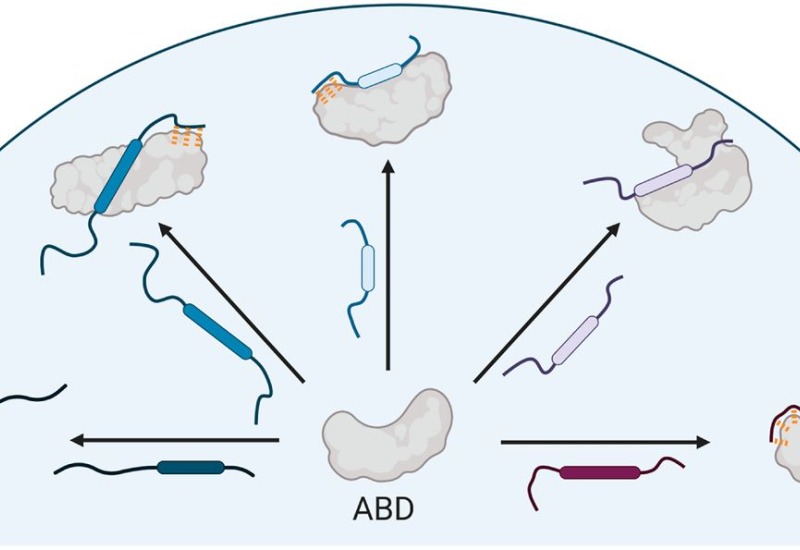The Mapp research group uses the tools of synthetic organic chemistry, biochemistry, and molecular biology to better understand how genes are regulated.
Projects in the group range from the development of new synthetic methods for preparing complex, optically active structures to manipulating genes in Saccharomyces cerevisiae (yeast) in order to identify key protein-protein interactions in gene activation.
Our group is multidisciplinary with students from the Medicinal Chemistry Program, Program in Chemical Biology, and the Department of Chemistry.






